Kudu are large African antelopes with long spiral horns. They are members of the Bovidae family, along with gazelles, wildebeest, other antelopes, sheep, goats, cows, and more.
There are two species of antelope, the Lesser Kudu and the Greater Kudu. Combined, both species have a quite wide range, but humans have fragmented their populations, and large areas separate populations. Read on to learn about the Kudu.
Description of the Kudu
The two species of these animals look quite similar, though Greaters are larger than their lesser counterparts. The largest adult male Greaters stand over 5 ft. tall, and the largest male Lessers stand about 4 ft. tall. Greater bulls also weigh several hundred pounds more than Lessers.
Both species have long horns, which point upward and slightly back, and curl in a corkscrew shape. Their coats are reddish brown, with thin white stripes down their flanks, but the number of stripes varies based on the species.
Interesting Facts About the Kudu
Kudu have many different behaviors and adaptations that help them survive. Learn more about these large antelopes below.
- Sexual Dimorphism – Males and females look quite different from one another. In fact, you can tell the difference between an adult male and female just by looking at them – this is known as sexual dimorphism. Males are larger than females, and have long spiral horns. Females have no horns at all.
- Browsing vs. Grazing – There are two primary herbivores, browsers and grazers. Browsers eat leaves, buds, flowers, stems, and other plant parts. Grazers feed on grasses and grass-like sedges. Some types of herbivores are grazers and browsers, but this antelope species are purely browsers.
- Lengthy Horns – One of the most prominent features on Kudu bulls is their long horns. For adult bulls, the average horn length is about four feet long, but the longest horns on record measured a whopping six feet long!
Habitat of the Kudu
These antelopes use their striped coats to help camouflage them. Because of this, their favorite habitats are semi-open areas with dense underbrush. Some of the different ecosystems that they inhabit include forests, scrub forests, savannas, grasslands, and more.
Their preferred habitats also contain a water source, like a river, stream, or pond. They do not inhabit pastures or farms, but they do live in human-disturbed areas with bush or shrub growth.
Distribution of the Kudu
Greater Kudu and Lesser Kudu have different distribution patterns. Lessers live across a small range in eastern Africa, primarily in Kenya, Somalia, and Ethiopia. Greaters have a wider range, but different subspecies live in different regions.
Their populations run from the border of South Africa to Angola, Zambia, Tanzania, Kenya, and Ethiopia. A small population of Greaters also lives in small parts of Chad, Sudan, and South Sudan.
Diet of the Kudu
These large animals are herbivores, which means they primarily eat plants. They are grazers, and feed on a variety of leaves, stems, buds, flowers, fruits, and more. Most of their diet comes from trees, but they also eat shrubs and small bushes.
They eat fruit that has fallen off the tree, and pluck fruits right off the branch. Most of their foraging occurs in the early morning and late afternoon.
Kudu and Human Interaction
Humans hunt these animals for meat, and hunt the males for their large horns. Trophy hunting brings money into the local economies, and often helps aid conservation of species. However, illegal poaching of animals does occur.
Habitat destruction also compounds pressure on populations, resulting in decline. The IUCN lists Greater Kudu as Least Concern, and their overall populations are stable. The IUCN lists Lesser Kudu as Near Threatened, and their populations are in decline.
Domestication
Humans have not domesticated Kudu in any way.
Does the Kudu Make a Good Pet
No, these antelope do not make good pets. Though they are beautiful, they are huge! You would not be able to easily keep one as a pet. Even if you did, you would face a number of hefty fines, as it is illegal in most places to own one as a pet.
Kudu Care
Because they are such striking animals, Kudu are common fixtures in zoos. Many zoos across the world keep herds of them, and participate in conservation and breeding programs. They are large animals, so their enclosures are quite large as well.
Herds of these beautiful antelope frequently live in large, savanna-like enclosures along with other antelope or hoofstock. Zoos feed them pelleted feed, several different types of hay, and specially formulated biscuits for herbivores.
Behavior of the Kudu
These large mammals vary slightly in their activity. Some are more active at dusk and dawn, or at night, while others forage and socialize during the day. Herds are smaller than some other African antelopes, and Lesser Kudu frequently live in pairs.
Females, their calves, and their sub adult offspring live in small herds together. Once males reach sexual maturity, they join bachelor groups of other males. As the breeding season approaches, the bachelor groups break up and the males seek out herds of females.
Reproduction of the Kudu
A single male breeds with several different females, and does not participate in the care of the calves. Females have a gestation period of about eight months, and leave the herd to give birth to a single calf.
Once her calf is about a month old, the pair rejoins the herd. At six months old, calves are mostly independent, but usually remain with the herd at least until they reach sexual maturity.

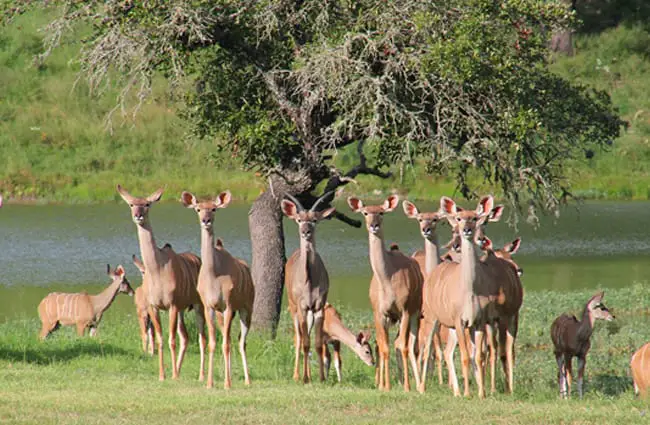
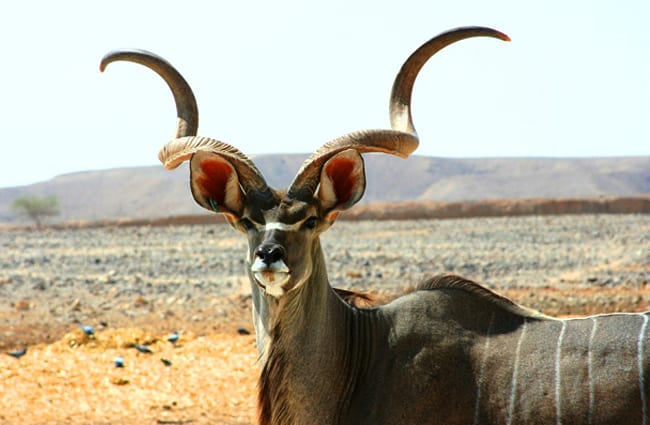
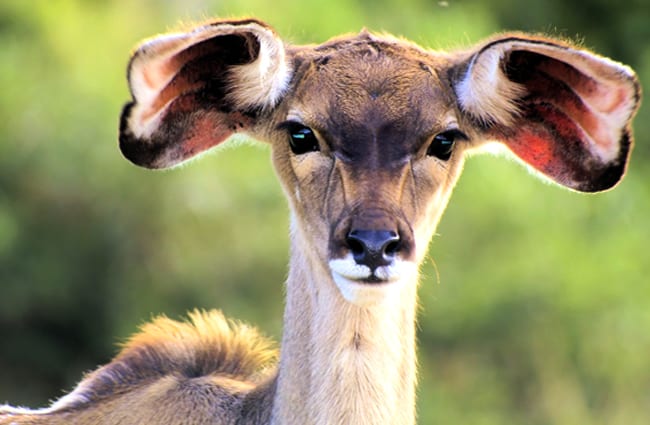
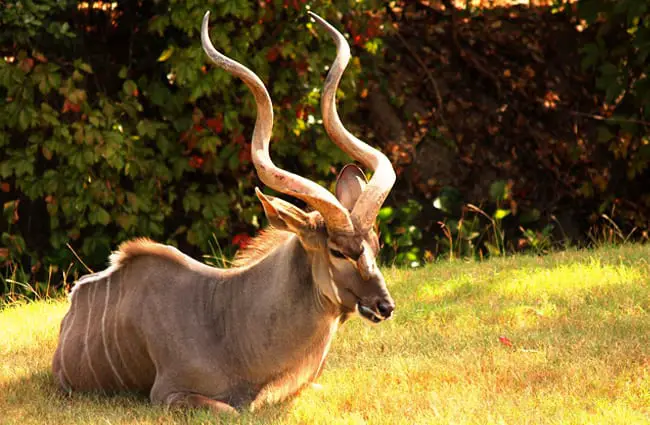
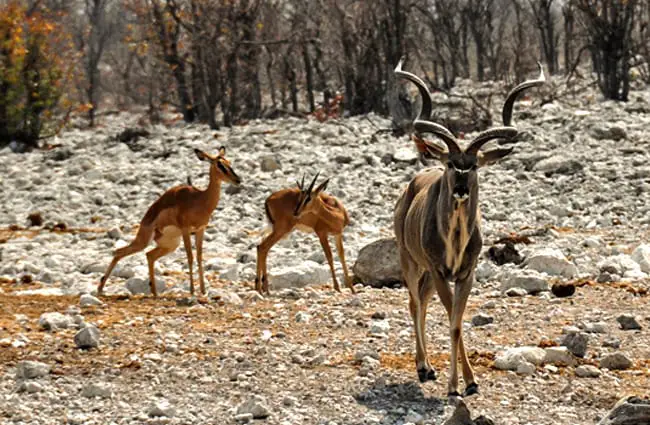
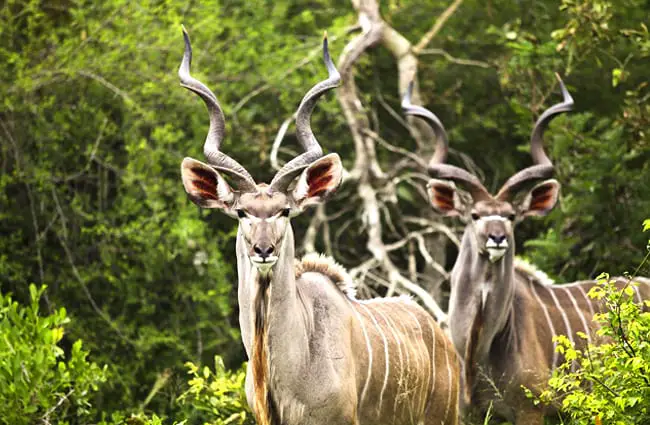
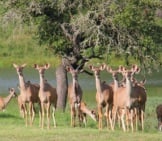


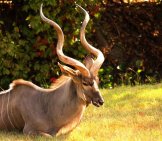
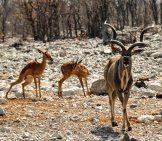
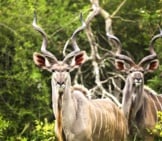
![Red Angus Closeup of a beautiful Red Angus cowPhoto by: U.S. Department of Agriculture [pubic domain]https://creativecommons.org/licenses/by/2.0/](https://animals.net/wp-content/uploads/2020/03/Red-Angus-4-238x178.jpg)












![Red Angus Closeup of a beautiful Red Angus cowPhoto by: U.S. Department of Agriculture [pubic domain]https://creativecommons.org/licenses/by/2.0/](https://animals.net/wp-content/uploads/2020/03/Red-Angus-4-100x75.jpg)

